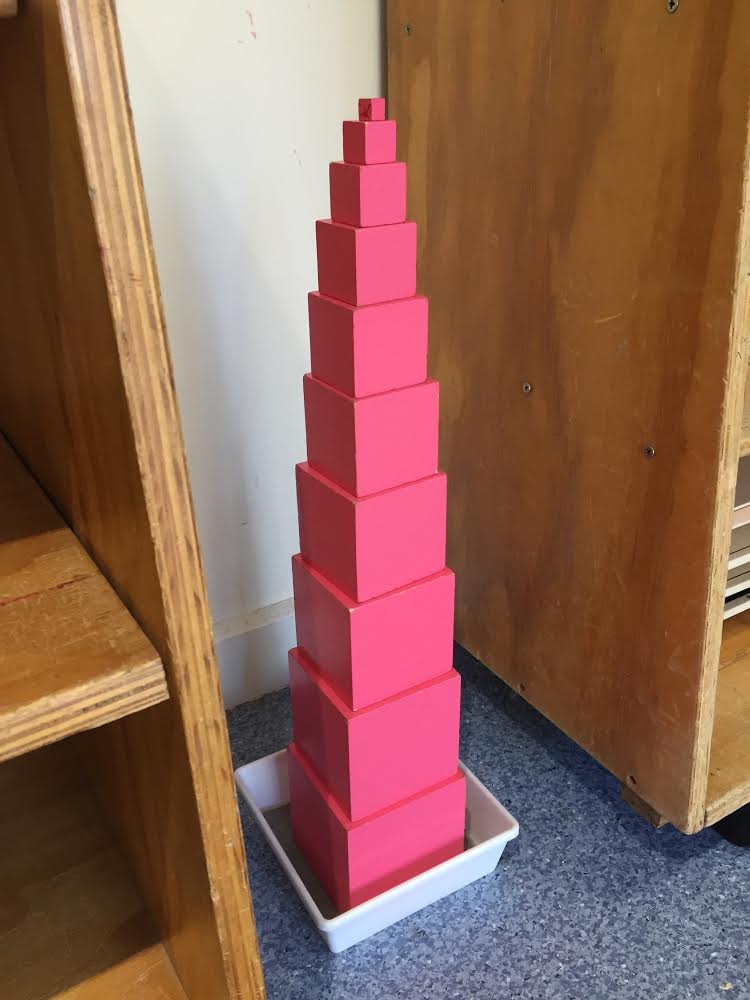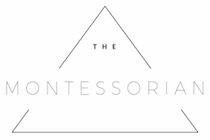Experiences in the early years have significant impacts on brain architecture (Rushton, 2011; The National Scientific Council on the Developing Child, 2008; Victorian Curriculum and Assessment Authority, 2008). Consequently, quality learning experiences during these years are vital for optimal brain development (Rushton, 2011; The National Scientific Council on the Developing Child, 2008; Victorian Curriculum and Assessment Authority, 2008). The National Scientific Council on the Developing Child (2008) described three influential factors for brain development: genetics, environment, and experience. A person’s genetics provide a foundational blueprint with rudimentary characteristics of nerve cells, and elementary systems for connections (The National Scientific Council on the Developing Child, 2008). The environment has a significant influence on the brain’s architecture, with a healthy environment from the prenatal period onwards resulting in the manifestation of its greatest potential (The National Scientific Council on the Developing Child, 2008). Montessori believed that environmental order assisted the child’s brain to maintain its equilibrium, which in turn resulted in beneficial interactions with the environment (Haines et al., 2000). The interactions of the person with their environment is their experience, which starts in the womb. A person’s experiences modify the aforementioned genetic plan based on their needs and the unique environment(s) they come into contact with (The National Scientific Council on the Developing Child, 2008).

The Early Years Learning Framework (EYLF) (Department of Education Employment and Workplace Relations (DEEWR), 2009) and the National Quality Standard (NQS) (Australian Children’s Education & Care Quality Authority (ACECQA), 2017) recognise that the experiences of each child will be diversely different based on a variety of influential factors, inclusive of family, culture, and the ever-changing learning environments children are exposed to. Consequently, curriculum should recognise the unique experiences each child has as the foundation for learning and include opportunities for learning that encompass these (ACECQA, 2017). The Montessori method can be customised to the needs of the child, merging well with the requirements and expectations of the NQS and the EYLF. The EYLF describes children’s learning as “… dynamic, complex and holistic. Physical, social, emotional, personal, spiritual, creative, cognitive and linguistic aspects of learning are all intricately interwoven and interrelated” (DEEWR, 2009, p. 9). This holistic concept of education is also evident in Montessori’s works. She viewed growth and development in a way that encompassed emotional, moral and physical aspects, as well as cognitive development (Haines et al., 2000). Consequently, the early influences of environment (including the people the child comes into contact with) and the quality of early experiences will affect all aspects of the child’s personality, especially during the periods of development when they are most sensitive (DEEWR, 2009; Haines et al., 2000).
The brain experiences stages of “… exceptional sensitivity to the effects of environment and experience …”, which are termed sensitive periods (The National Scientific Council on the Developing Child, 2008, p. 2). This concept can be seen in much of Montessori’s works, with her understanding of it being a natural drive that stimulates the child to perform particular actions and obtain particular experiences as each stage is reached (Haines et al., 2000; M. Montessori, 1912, 2012). Quality and relevant experiences during these sensitive periods are vital for healthy brain development because it is incredibly challenging to change neural circuits after their sensitive periods have finished (The National Scientific Council on the Developing Child, 2008). These sensitive periods can include language, vision, responding to social cues, and hearing, among others (Haines et al., 2000; The National Scientific Council on the Developing Child, 2008). Furthermore, diverse mental capabilities progress and mature at different points in a child’s developmental timeline. Consequently, each child will have different emotional and cognitive experiences in an environment, dependent on his or her age, and individual development (The National Scientific Council on the Developing Child, 2008). A child’s ability to observe and understand their surroundings and experiences alters over time as their neural connections are developed, moving from simpler to more complex assessments (The National Scientific Council on the Developing Child, 2008). Moreover, quality and motivating early experiences lay the foundations for learning later in life, with brain plasticity continuing throughout one’s life (The National Scientific Council on the Developing Child, 2008). Quality educational experiences in early life followed by more complex experiences in later years is essential for the brain to reach its full potential (The National Scientific Council on the Developing Child, 2008). The experiences of the early years provide the foundation that is built upon and extended later in life, just as the Montessori materials build upon and extend one another.

The materials in Montessori education assist the child to restructure and understand their knowledge, building on what they have learnt previously (Haines et al., 2000; M. M. J. Montessori, 1976). As the child moves through each plane of development and sensitive period, the materials provided meet the development needs that are experienced. The iconic ‘pink tower’, for example, is aesthetically pleasing to entice the young child, but actually has significant developmental purpose. It develops the child’s visual and muscular perception, which later leads to an abstract comprehension of size in three dimensions (Montessori World Education Institute (MWEI) (Australia) Inc., 2012). Furthermore, it assists in the development of the child’s fine motor coordination, and prepares the mind for mathematics (MWEI (Australia) Inc., 2012). For the child of three to six years of age, they have “… natural tendencies to explore, orient, and order [that] assist them in sequencing, classifying, and organizing …” (Haines et al., 2000, p. 11). As the child works with the pink tower, they must use their developing perceptive skills to compare and analyse each block, and orient it in relation to the rest of the blocks. They must organise them in the correct size order, judging them within the concept of the whole group, or the tower will look wrong or topple over (MWEI (Australia) Inc., 2012). With the pink tower, as with the other sensorial materials, the child must concentrate, observe, and classify (Haines et al., 2000). It utilises the child’s developing skills of this period (such as visual and observational abilities) to extend the child’s knowledge in a simple way, to be expanded upon later with increasing complexity.
Summary of Parts 1 and 2
The Montessori materials meet the developmental needs of the child at each developmental plane. They teach abstract concepts in concrete ways, utilising the young child’s sensory interests and skills. They extend the brain in each sensitive period of its development, using simple characteristics to assist the child to access their own knowledge. The experiences of the child with the manipulative materials in the Montessori environment provide quality early learning that build on the child’s existing genetic foundation. Furthermore, they form an integral part of an education system that recognises and values each child’s unique qualities, capabilities, and experiences.
Reference List
Australian Children’s Education & Care Quality Authority (ACECQA). (2017). Guide to the National Quality Standard.
Department of Education Employment and Workplace Relations. (2009). Belonging, Being & Becoming: The Early years Learning Framework for Australia (Vol. 1). Canberra: Commonwealth of Australia.
Haines, A., Baker, K., & Kahn, D. (2000). Optimal Developmental Outcomes: The social, moral, cognitive, and emotional dimensions of a Montessori education.
Montessori, M. (1912). The Montessori Method. English (Second). New York: Frederick A. Stokes Company.
Montessori, M. (2012). The Absorbent Mind. California: BN Publishing.
Montessori, M. M. J. (1976). Education for Human Development: Understanding Montessori. New York.
Montessori World Education Institute (Australia) Inc. (2012). Sensorial Education. Ellenbrook.
Rushton, S. (2011). Neuroscience, Early Childhood Education and Play: We are Doing it Right! Early Childhood Education Journal, 39(2), 89–94.
The National Scientific Council on the Developing Child. (2008). The timing and quality of early experiences combine to shape brain architecture.
Victorian Curriculum and Assessment Authority. (2008). Analysis of Curriculum/Learning Frameworks for the Early Years (Birth to Age 8).
